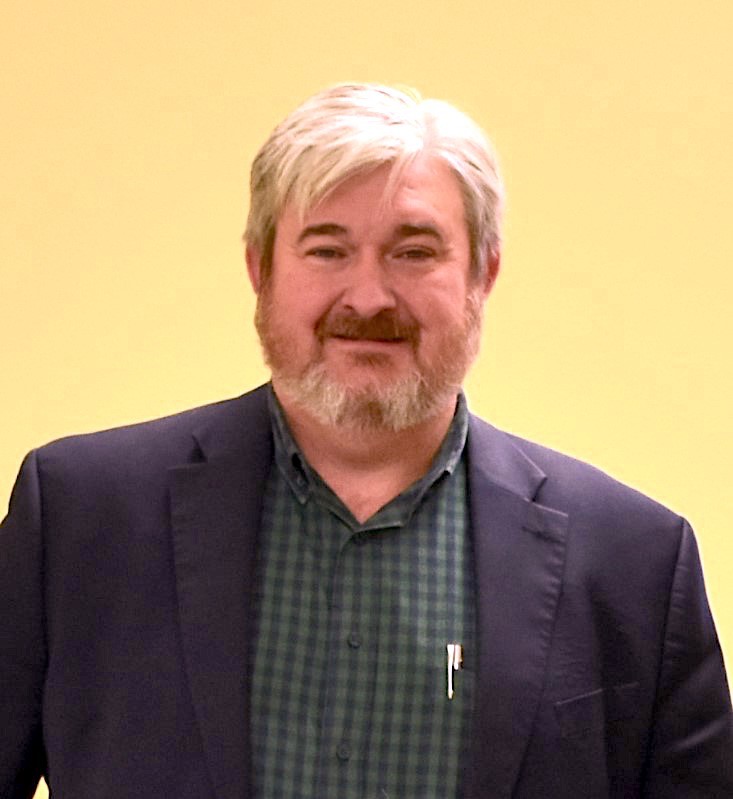I love history. I am one of those weirdos who would rather watch a documentary about the Mongol conquest of Asia than waist time on the latest reality show craze. I give credit for this strange behavior to my elementary school Principal. When I was in 5thgrade, he made me write a report on a different President every week for a couple of months as punishment for getting into a playground fistfight. No recess, no lunch hours–just me setting in the library next to his office studying about the individuals who had led our country. Then, at the end of each week I had to turn in to him my report and make an oral presentation on what I had learned. Two weeks into this “punishment” I was hooked. I have loved history ever since.
When I say I love history, it’s not just the big events and great individuals who have pranced across the stage that I’m enamored with. More and more I have become fascinated about how various choices made by individual citizens have led to turns of events that eventually shaped the word we live in. No one is an island. I truly believe that history teaches that every single one of us has a role to play in what is happening now and that our actions will help shape the future.
That’s why I love this poster.
We’ve all seen these kinds of posters urging citizens on during various times of crisis before…. Rosie the Riveter flexing her arm and saying “We can do it!” …. Uncle Sam pointing his finger exclaiming “I want you!” …and this poster with its message to the farmers and ranchers of the United States to practice natural resource conservation in an effort to ensure better yields and with them feed a hungry nation, it’s allies and its sons and daughters overseas.
Heady stuff.
I say all this because I feel that circumstances today could very well be creating a crisis every bit as dangerous as those we have faced in the past. First, consider the fact that we continue to have more mouths to feed. According to the United Nations (UN) Department of Economic and Social Affairsthe world population is projected to reach 9.8 billion by 2050 and 11 billion by 2100. This meanswe will have to produce 60% more food than we do today to feed all these people. Next, consider, as I have alluded to before, that we will have to do all this on a declining land base (for more on this future fun check out earlier posts onerosionland use challenges) and finally take into consideration the potential yield loss that we could be facing due to our changing climate. All this adds up to a real problem…one that we all will be called on to help address.
We can’t sit on the sidelines. If we are going to continue to feed and clothe the world (and make money doing it) we are going to have to get in the game. We need to do all we can to protect our soil, water and other natural resources if we are going to meet this challenge; we need to consider what we can do to “harden” our farms and ranches to the extreme weather that our changing climate continues to throw our way; and we need to address the greenhouse gasses that are causing so much of this change.
Luckily, most of the same practices that help us address one of these challenges help address them all. Doing things like minimizing tillage, keeping something green and growing on the land as much as possible, keeping residue on the soil, encouraging diversity, incorporating livestock grazing on cropland, better pasture management, planting grass on highly erodible land, limiting waste, utilizing tools like wildfire, and better nutrient management all are pieces to the puzzle. We need to seriously consider these and other climate smart ag practices if we are going to win the battle and feed the world. And if you think this challenge is to big, remember the Dust Bowl….as the old song from the 1940’s said “We did it before, we can do it again.”
When it comes to feeding the world and climate change, we need to get our farms in the fight.







